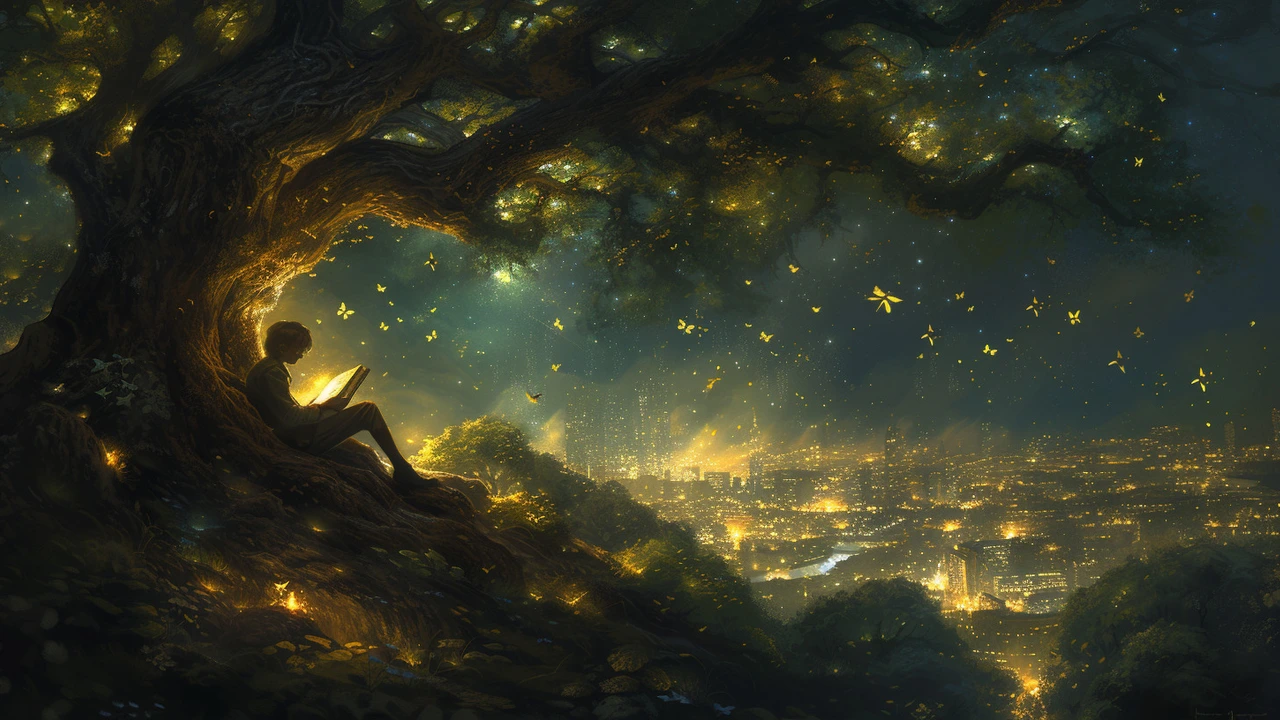Societal Issues in Art: What Artists Say When Words Fall Short
Art often points to problems people avoid talking about. Think of the Harlem Renaissance reshaping Black identity or land art changing how cities use public space. This tag gathers pieces that show how art speaks to politics, identity, class, and urban life—and how those conversations still matter today.
If you want quick, useful examples: read about the Harlem Renaissance to see culture as resistance, check Constructivism for art tied to political change, or look at land art and futurism to understand artists shaping public space and tech-driven cities.
How art addresses power, identity, and public life
Art can make abstract ideas visible. A mural can turn a neglected wall into a political statement; a Bauhaus chair can argue for simpler, fairer living. Movements like Fluxus and Abstract Expressionism broke comfort zones to ask who gets to define culture. Photorealism and installation art force close looking, which can make you question what you accept as “real” in society. Each article under this tag explains a different tactic artists use to nudge public opinion or give voice to hidden stories.
Look for three things when judging an artwork's social message: the subject (who or what is shown), the context (where and when it appeared), and the method (materials and form). For example, a public land art piece placed in a park shifts how people use that place; a Constructivist poster uses bold geometry to promote a political ideal. Those are different tools for similar goals—shaping thought and action.
Practical ways to engage and learn
Want to use this tag to learn or act? Start by picking one article: read the Harlem Renaissance piece for cultural history or the Bauhaus and De Stijl posts to see design’s social reach. Visit local installations or public art—ask who funded them and why they’re there. When you hang art at home, think about the story it tells your guests. Use ideas from Fluxus or installation art to host small, creative public events that spark community conversations.
Art isn’t just decoration. It’s a tool for change, a record of conflict, and a way to imagine different futures. Browse these posts to find concrete examples, tips for spotting social meaning, and inspiration for bringing art into your community conversations.

